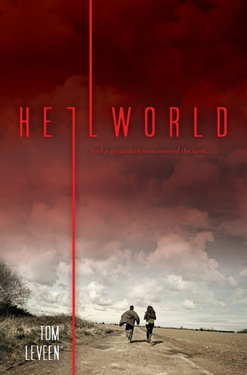
The ‘Killer Pizza’ Series by Greg Taylor
Here is an especially horror-filled series of books that will leave you shivering and hungry. High School

Ophelia Harrison used to live in a small house in the Georgia countryside. But that was before the night in November 1922 and the cruel act that took her home and her father from her. Which was the same night that Ophie learned she can see ghosts.
Now Ophie and her mother are living in Pittsburgh with relatives they barely know. In the hopes of earning enough money to get their own place, Mama has gotten Ophie a job as a maid in the same old manor house where she works.
Daffodil Manor, like the wealthy Caruthers family who owns it, is haunted by memories and prejudices of the past and, as Ophie discovers, ghosts as well. Ghosts who have their own loves and hatreds and desires, ghosts who have wronged others, and ghosts who have themselves been wronged. And as Ophie forms a friendship with one spirit whose life ended suddenly and unjustly, she wonders if she might be able to help even as she comes to realize that Daffodil Manor may hold more secrets than she bargained for.
I am so impressed with how the author managed to write a ghost story/mystery that covers so much historical context and big themes.
I was really excited to get my hands on this story. Not only is it set in a time Ive never read before but told from a point of view that Im not used to reading from. The author does a fantastic job describing what life was like in Pittsburgh in the 1920s, including things like picture shows, Jim Crow laws, the Great Migration, and the hardships and injustices colored folks faced.
I try not to read too many books that feature racism or acts of racist violence because it gets me all worked up and angry. The books I have read that feature black racism usually take place in the present day, where the hostility towards African Americans seems rooted in stereotypes and ignorance. However, in this book, slavery was abolished over 50 years ago. As Ophie said, some white folk still saw colored folk as nothing more than property and used that as an excuse to be cruel. This was a lot to unpack, but it was strangely satisfying to be giving a clear-cut explanation of someones anger and cruel actions.
I love this storys portrayal of ghosts, specifically the historical significance behind the word haints. I researched (i.e., I googled it) and learned that haint is an old southern word for ghost and originated with the descendants of enslaved Africans in the Carolina low country and barrier islands. They also originated the Southern tradition of painting the porch ceiling haint blue to keep bad spirits away.
Another aspect that makes this story stand out is how some of the chapters are told from the perspectives of locations, such as the Pennsylvania railroad and Daffodil Manor, and how the places watched over the living and the dead.
The mystery is a bit slow at times, and Ophie took longer to figure out certain details that I thought were obvious, but thats because I read a lot. Anyway, the conclusion was super exciting, and I didnt see it coming.

Here is an especially horror-filled series of books that will leave you shivering and hungry. High School

HAPPY 150TH BOOK REVIEW And to celebrate, here is a book of short horror stories written specifically for young readers. 5 to 95 (Suggested for

High School Sixteen-year-old Sarah Meadows longs for normal. Born with a port-wine stain covering half her face, shes been plagued by stares, giggles, bullying, and

Here is an especially horror-filled series of books that will leave you shivering and hungry. High School

HAPPY 150TH BOOK REVIEW And to celebrate, here is a book of short horror stories written specifically for young readers. 5 to 95 (Suggested for all readers) Featuring twenty-six terrifying short stories, each based on a different A to Z

High School Sixteen-year-old Sarah Meadows longs for normal. Born with a port-wine stain covering half her face, shes been plagued by stares, giggles, bullying, and disgust all her life. But when shes abducted on the way home from school, Sarah

HAPPY OCTOBER! To celebrate October, heres a hell-raising story to get us in the Halloween mood. Pun intended. High School Five years ago, Abby Booths mom, co-host of a ghost-hunting reality show, went missing while filming in a haunted cave


Albert, Houdini & Maddie
Copyright © 2021 Amazing Artists Online – All Rights Reserved
Developed by Clearian
Copyright © 2023 Amazing Artists Online – All Rights Reserved
Developed by Clearian